For those in specific industries, reliable communication is key. Whether you’re coordinating a large event, managing a warehouse operation, or responding to an emergency, two-way radios are essential tools. However, their effectiveness hinges on one critical factor: battery life.
A critical but often overlooked step, keeping your two-way radio batteries charged and operational during long shifts ensures that your communication lines remain open when you need them most.

Why Two-Way Radios Matter
The Backbone of Reliable Communication
In industries where every second counts, two-way radios offer instantaneous, reliable communication. Unlike cell phones, they don’t rely on network coverage, making them indispensable in areas with poor reception. Security personnel use them to coordinate movements, event organizers to manage crowds, emergency responders to save lives, and warehouse staff to streamline operations.
The Role of Battery Life
There’s nothing worse for professionals working in emergency response or managing a large crowd at an event than to have their radio die. Even a brief moment of lost communication can lead to chaos or danger. That’s why understanding how to maintain and extend battery life for your two-way radios is not just a convenience but a necessity.
Understanding Battery Types
The Importance of Battery Types
When it comes to two-way radios, the type of battery used can significantly influence performance, reliability, and overall functionality.
Understanding the strengths and weaknesses of each battery type is crucial for users to make informed decisions about their two-way radios, allowing for optimal performance and longevity.
The Basics of Battery Chemistries
Two-way radios commonly use three types of batteries:
- Nickel-cadmium (NiCd): These are durable and have a long life but suffer from the “memory effect,” which can reduce their capacity over time if not fully discharged before recharging. These batteries are highly durable but require more maintenance due to the memory effect.
- Nickel-metal hydride (NiMH): NiMH cells offer better capacity than NiCd and are less prone to memory effect. However, they have a shorter life span and can generate more heat during charging.
- Lithium-ion (Li-ion): The most popular choice today, Li-ion batteries offer the highest capacity and are lightweight. They do not suffer from memory effect and have a longer life span compared to NiCd and NiMH batteries.
When choosing a battery type, consider the specific needs of your operation. If you require long battery life and minimal maintenance, Li-ion is usually the best choice. However, for extremely rugged conditions, NiCd might still have the edge.
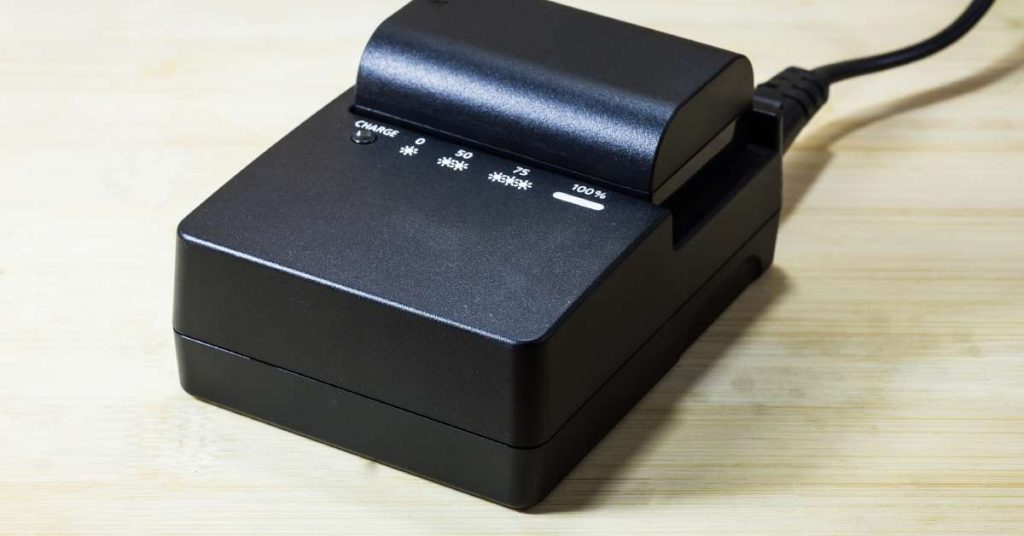
Tips for Extending Battery Life
Maximizing the efficiency and longevity of your two-way radio batteries is essential for several reasons. An efficient battery ensures that you remain connected when it matters most. Optimizing battery usage can also reduce operating costs. By extending battery life, you minimize the frequency of replacements and save on the expenses associated with purchasing new batteries.
Understanding and managing batteries can boost overall team morale, especially during long shifts, as personnel will feel more secure knowing they can rely on their communication devices, ultimately enhancing productivity and safety.
Proper Charging Techniques
- Avoid overcharging: Most modern chargers stop when the battery is full, but it’s still a good practice to remove the battery once charged.
- Partial vs. full charges: Li-ion batteries prefer partial charges over full ones. Try to keep your battery level between 20–80 percent.
- Avoid extreme temperatures: During charging and usage, batteries should be within the temperature range specified by the manufacturer to avoid battery degradation.
Storage Tips
- Store partially charged: If you’re storing batteries for an extended period, keep them at around 50 percent charge.
- Cool and dry location: Store batteries in a cool, dry place to prevent moisture damage and slow down the degradation process.
- Use cases or pouches: When not in use, store radios in protective cases or pouches to shield them from dust, moisture, and physical damage.
Regular Maintenance
- Routine checks: Periodically check for signs of wear or damage to ensure your cells remain in good condition.
- Clean contacts: Dust and grime can affect battery performance. Clean the contacts regularly with a soft cloth.
- Rotate batteries: If you have multiple batteries, rotate them regularly to ensure even usage and wear.
Investing in Efficient Equipment
- Choose quality radios: Invest in reputable brands known for durability and long battery life.
- Assess radio features: Look for radios with power-saving features, such as sleep modes or adjustable power output settings, that can help extend battery life during extensive use.
- Maintain accessories: Ensure that accessories, such as headsets or earpieces, are compatible and maintained well to prevent unnecessary drain on the radio’s battery.
Tools for Battery Management
Advanced Battery Management Solutions
- Battery management systems (BMS): These systems monitor battery health, charge cycles, and temperature to optimize performance.
- Smart chargers: These chargers can adjust the charging rate based on the battery’s condition, extending its life.
- Monitoring software: Some solutions come with software to track battery performance over time, helping you identify when a battery needs replacing.
Choosing the Right Tool
Evaluate your specific needs and budget when selecting a battery management tool. For large operations, investing in a comprehensive BMS might be worthwhile, while smaller teams may benefit from smart chargers and monitoring software.
Real-World Applications
Security Personnel
For security teams, reliable communication is non-negotiable. Advanced battery management systems can ensure that radios are always ready for action, reducing downtime and enhancing team coordination.
Event Organizers
In the hustle and bustle of event management, every second counts. Using Li-ion batteries and smart chargers can help keep radios operational throughout the event, ensuring smooth communication from setup to teardown.
Emergency Responders
For emergency personnel, dead batteries can mean the difference between life and death. Utilizing rugged NiCd batteries and regular maintenance checks can ensure that radios are always ready for the next call.
Warehouse Staff
In a busy warehouse, efficient operations are crucial. Implementing a BMS and using Li-ion batteries can help maintain seamless communication, improving overall productivity and safety.
Powering Even the Longest Shifts
Across various critical industries, reliable communication is essential for seamless operations. By keeping two-way radio batteries charged during long shifts, you can ensure that your radios remain powered no matter how much use they get.
Effective battery management is about ensuring safety and efficiency in your operations. By applying these tips and tools, you’ll be better equipped to face the challenges of long shifts with confidence. In addition, partnering with Battery Distributors will make it easy to find the solutions you need for your crew. Our Motorola APX 4000 battery will ensure your equipment lasts the entire shift, giving you all the power you need to keep things going.



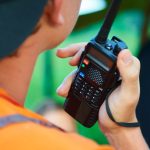


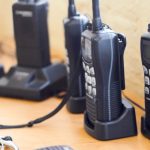
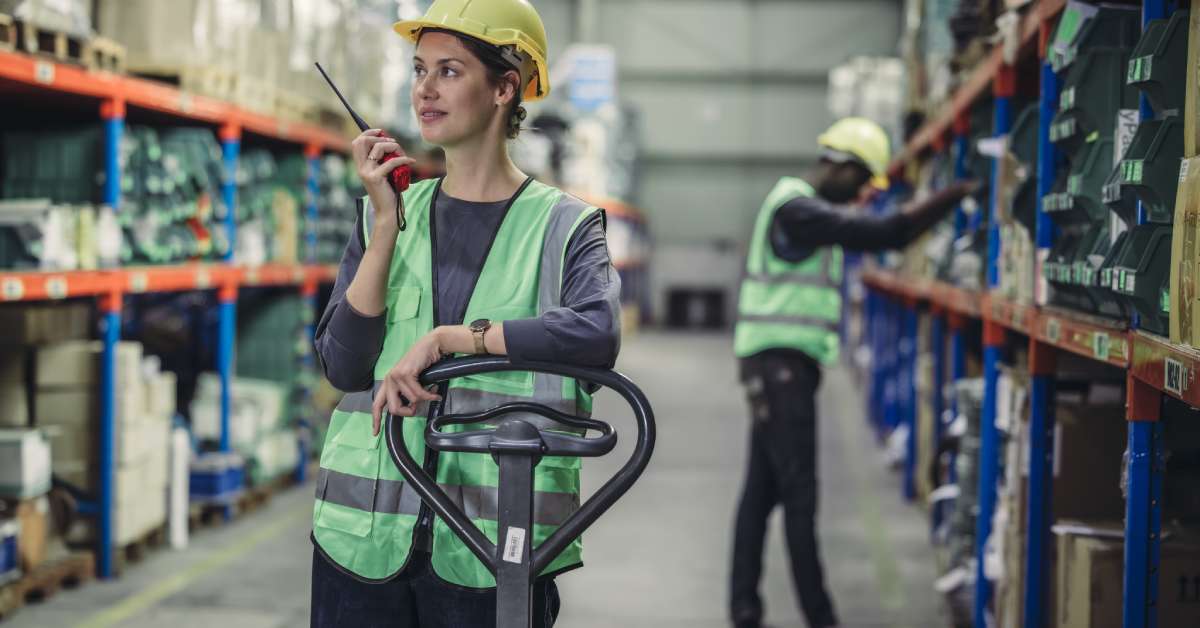
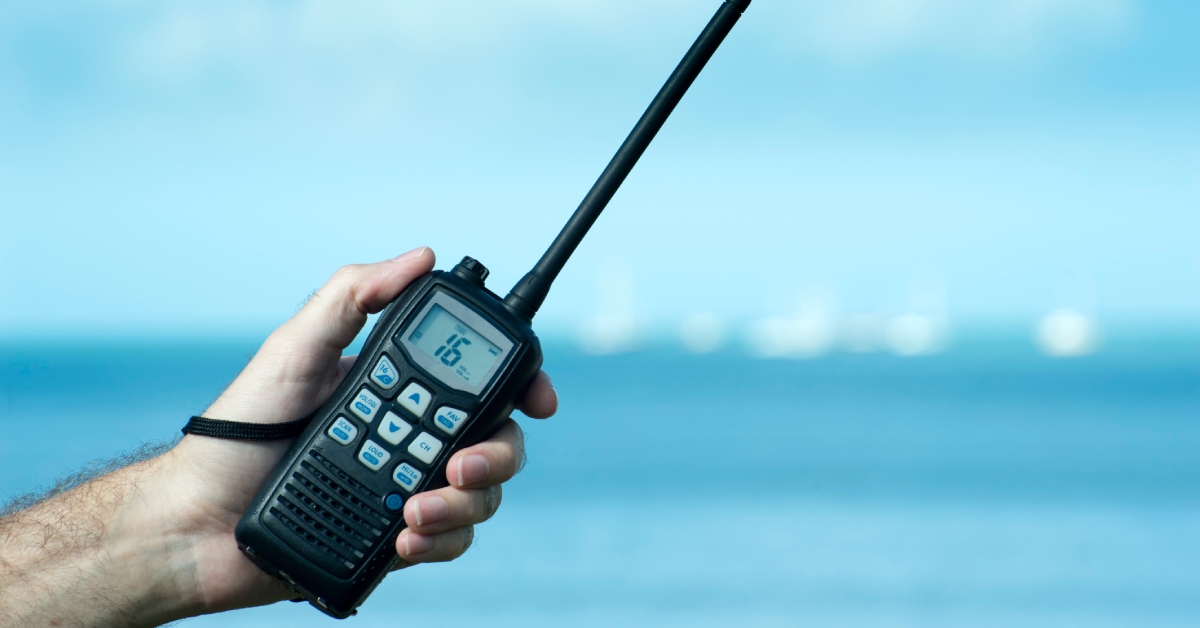
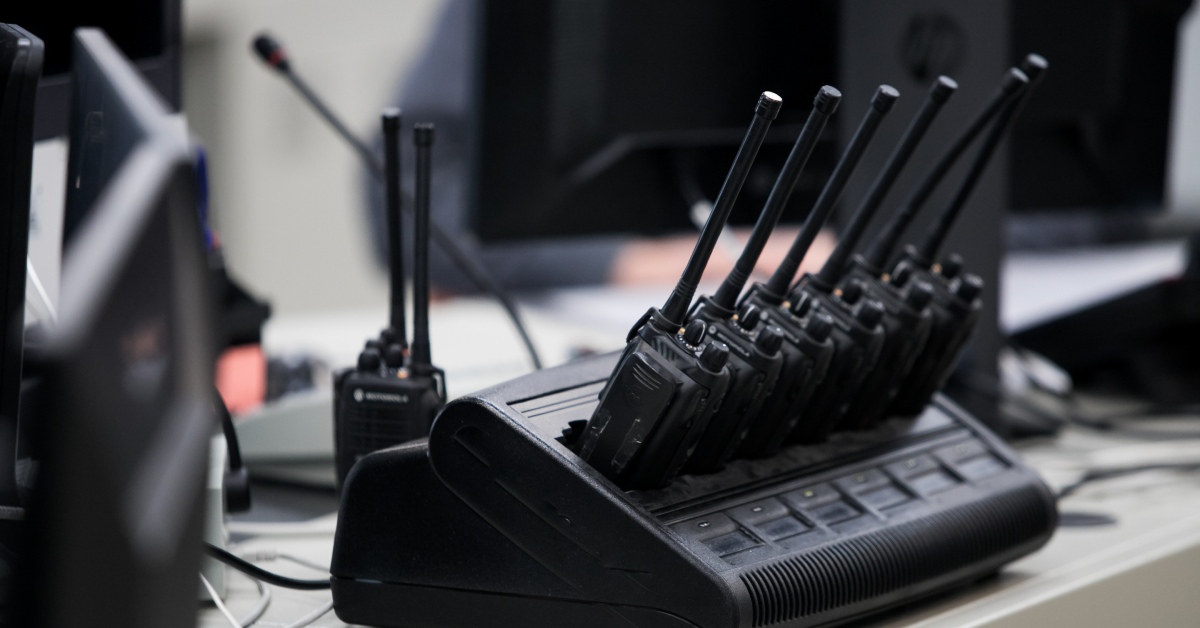


Hello! Do you know if they make any plugins to help with SEO?
I’m trying to get my blog to rank for some targeted keywords
but I’m not seeing very good results. If you know of any please share.
Appreciate it! You can read similar article here: Wool product